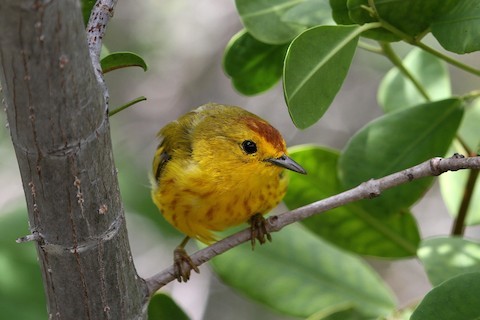Birdfinding.info ⇒ The Galápagos and Cocos Island form of American Yellow Warbler is common throughout its limited range. Possibly the most numerous and ubiquitous songbird in the Galápagos.
“Galápagos Warbler”
Setophaga petechia aureola
Endemic to the Galápagos and Cocos Island.
Resident throughout the Galápagos Archipelago, occurring on all vegetated islands in the vast majority of habitats, including brush, scrub, sparsely vegetated lava fields, seabird colonies, the intertidal zone, and settlements.
On Cocos Island it occurs mainly in humid forest.
Identification
A typical member of the American Yellow Warbler complex that is resident on remote islands where it is the only regularly occurring warbler.
Male is yellow-olive above and bright-yellow below, with chestnut on the crown and chestnut streaks on the breast. This is the same pattern and coloration as typical male “Golden Warblers” in the Caribbean and the nearest continental South American populations of “Mangrove Warbler”.
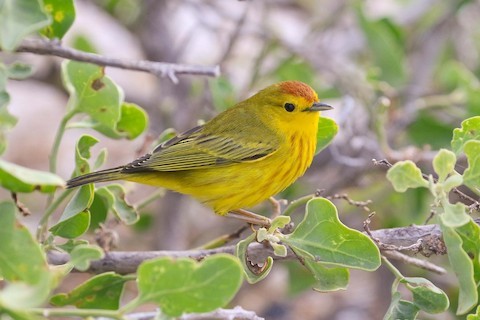
“Galápagos Warbler”, S. p. aureola, male. (Punta Espinoza, Isla Fernandina, Galápagos, Ecuador; June 23, 2019.) © Michael O’Brien
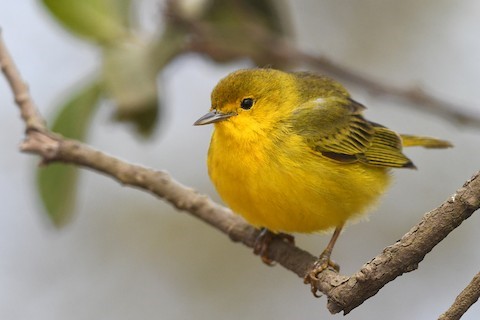
“Galápagos Warbler”, S. p. aureola, female. (Sierra Negra Rim Trail, Isla Isabela, Galápagos, Ecuador; November 18, 2019.) © David M. Bell
Females are yellow-olive above and bright-yellow below. Compared to other forms of American Yellow Warbler, female “Galápagos” shows more contrast on the head between the olive crown and yellow face.
Juveniles are mostly gray above and whitish below. Adult colors appear in patches, producing irregular, blotchy combinations of olive, gray, white, and yellow.
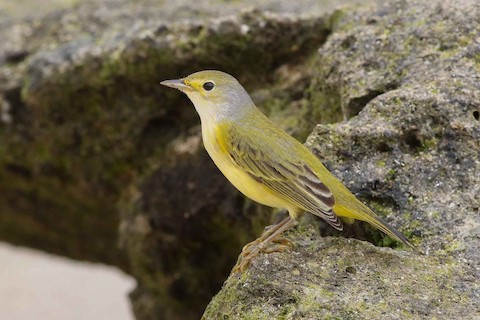
“Galápagos Warbler”, S. p. aureola, immature. (Las Bachas Beach, Isla Santa Cruz, Galápagos, Ecuador; June 28, 2017.) © Michael O’Brien
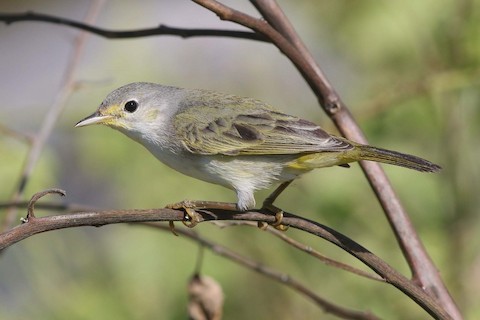
“Galápagos Warbler”, S. p. aureola, immature. (Punta Suarez, Isla Española, Galápagos, Ecuador; June 30, 2017.) © Michael O’Brien
Notes
Monotypic form, one of five potentially distinct forms of American Yellow Warbler (petechia). The taxonomy of these forms remains unsettled and subject to ongoing revisions. Some genetic and voice evidence appears to support recognition of the “Galápagos Warbler” (aureola) as a separate species.
Additional Photos of “Galápagos Warbler”
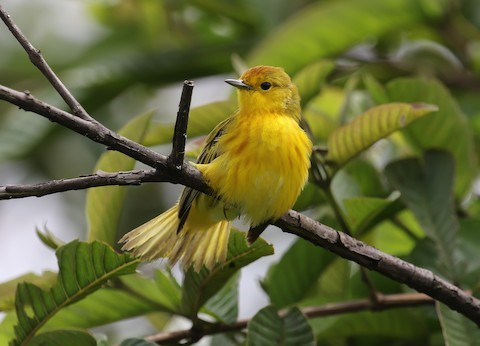
“Galápagos Warbler”, S. p. aureola, male, showing yellow in fanned tail. (Sierra Negra Rim Trail, Isla Isabela, Galápagos, Ecuador; March 1, 2020.) © Ian Burgess
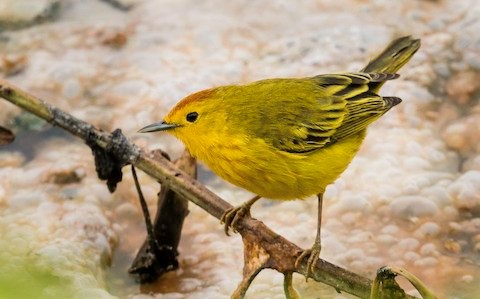
“Galápagos Warbler”, S. p. aureola, male. (Camino a Las Grietas, Isla Santa Cruz, Galápagos, Ecuador; October 7, 2019.) © Ian Routley

“Galápagos Warbler”, S. p. aureola, male. (Sierra Negra Rim Trail, Isla Isabela, Galápagos, Ecuador; March 1, 2020.) © Ian Burgess
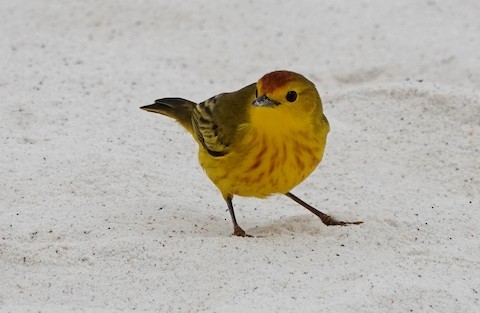
“Galápagos Warbler”, S. p. aureola, male. (Gardner Bay, Isla Española, Galápagos, Ecuador; October 16, 2019.) © Peter Blancher

Galápagos Warbler”, S. p. aureola, subadult male molting into adult plumage. (Sierra Negra Rim Trail, Isla Isabela, Galápagos, Ecuador; November 18, 2019.) © David M. Bell
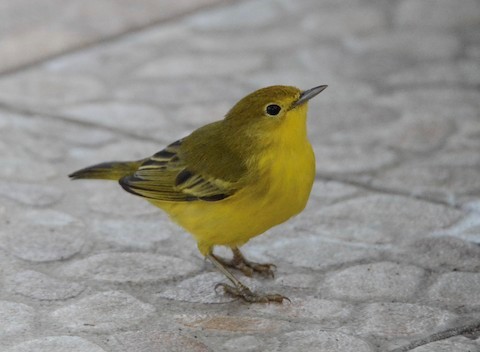
“Galápagos Warbler”, S. p. aureola, female. (Puerto Ayora, Isla Santa Cruz, Galápagos, Ecuador; June 4, 2018.) © Taylor Abbott
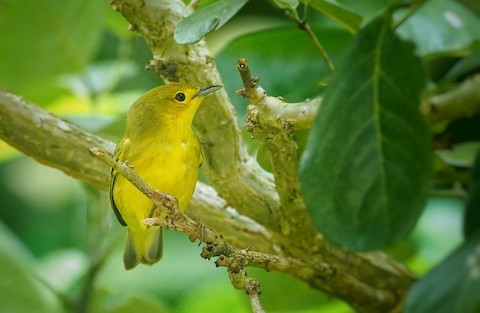
“Galápagos Warbler”, S. p. aureola, female. (Cocos Island, Costa Rica; September 7, 2020.) © Serge Arias
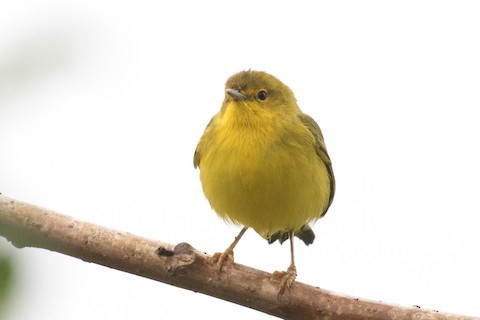
“Galápagos Warbler”, S. p. aureola, female. (Sierra Negra Rim Trail, Isla Isabela, Galápagos, Ecuador; July 24, 2019.) © Garrett Lau
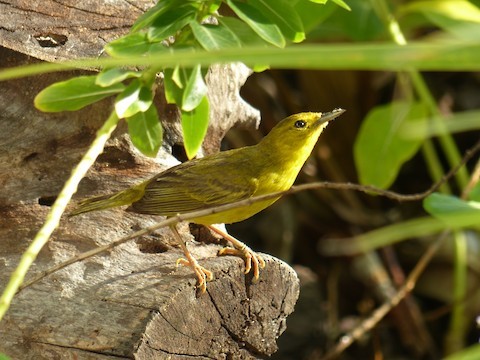
“Galápagos Warbler”, S. p. aureola, female. (Puerto Ayora, Isla Santa Cruz, Galápagos, Ecuador; March 21, 2013.) © Brian Bauld
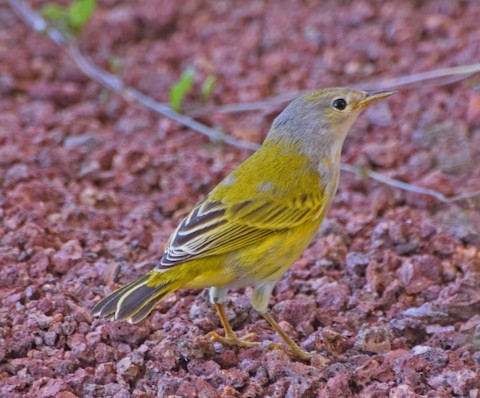
“Galápagos Warbler”, S. p. aureola, immature. (Isla Baltra, Galápagos, Ecuador; June 12, 2017.) © John Bruin

“Galápagos Warbler”, S. p. aureola, immature. (Gardner Bay, Isla Española, Galápagos, Ecuador; May 31, 2016.) © Robert Johnson
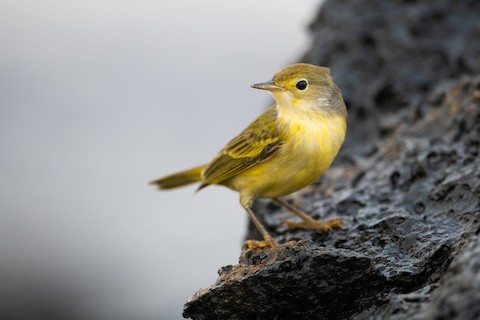
“Galápagos Warbler”, S. p. aureola, immature. (Playa La Ratonera, Isla Santa Cruz, Galápagos, Ecuador; August 11, 2021.) © Adam Jackson

“Galápagos Warbler”, S. p. aureola, immature. (Urvina Bay, Isla Isabela, Galápagos, Ecuador; June 26, 2017.) © Barb Bassett
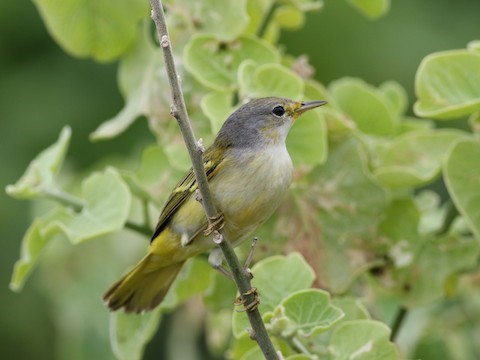
“Galápagos Warbler”, S. p. aureola, immature. (Urvina Bay, Isla Isabela, Galápagos, Ecuador; June 26, 2017.) © Barb Bassett

“Galápagos Warbler”, S. p. aureola, immature. (Isla Baltra, Galápagos, Ecuador; May 5, 2010.) © William Stephens

“Galápagos Warbler”, S. p. aureola, immature. (La Loberia, Isla San Cristóbal, Galápagos, Ecuador; August 5, 2019.) © Jay McGowan
References
BirdLife International. 2021. Setophaga petechia. The IUCN Red List of Threatened Species 2021: e.T22721657A137268484. https://dx.doi.org/10.2305/IUCN.UK.2021-3.RLTS.T22721657A137268484.en. (Accessed January 14, 2022.)
Browning, M.R. 1994. A Taxonomic Review of Dendroica petechia (Yellow Warbler) (Aves: Parulinae). Proceedings of the Biological Society of Washington 107:27-51.
eBird. 2022. eBird: An online database of bird distribution and abundance. Cornell Lab of Ornithology, Ithaca, N.Y. http://www.ebird.org. (Accessed January 14, 2022.)
Heinzel, H., and B. Hall. 2000. Galápagos Diary: A Complete Guide to the Archipelago’s Birdlife. University of California Press, Berkeley.
MacKinnon-Haskins, B., and A. Dzib-Chay. 2017. A New Population of Yellow Warbler (Setophaga petechia) on Cozumel Island with a Combination of Characteristics of Mangrove (S. p. bryanti) and Golden Warblers (S. p. rufivertex). Revista Mexicana de Ornitología 18:71-80.
Mennill, D.J. 2001. Song Characteristics and Singing Behavior of the Mangrove Warbler (Dendroica petechial bryanti). Journal of Field Ornithology 72:327-337.
Stiles, F.G., A.F. Skutch, and D. Gardner. 1989. A Guide to the Birds of Costa Rica. Cornell University Press.
Xeno-Canto. 2022. Mangrove Warbler – Setophaga petechia. https://xeno-canto.org/species/Setophaga-petechia. (Accessed January 14, 2022.)
